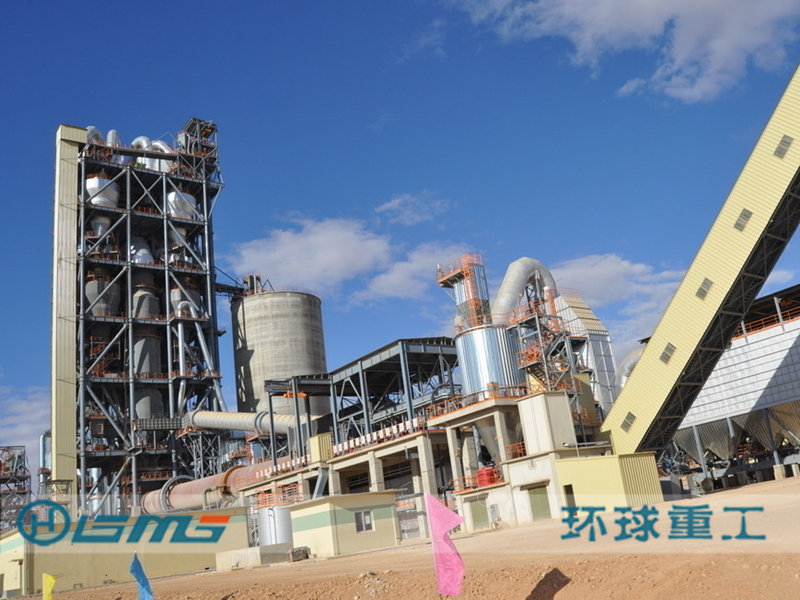
Thank you for your interests in Global Heavy Industry.Please email to submit your inquiry information to us.
In the production of cement, clinkers are the sintered lumps exiting the cement kiln. Clinkers are typically 1 to 25 mm in diameter.
Cement Clinker Analysis
Clinker materialography is commonly performed and serves three basic purposes: quality control, problem solving, and monitoring process improvements.

Quality Control
When clinkers are examined regularly, the microstructure of a plant's "typical" clinker is well known. If a change in the microstructure occurs (e.g. if the size or shape of the crystals changes, or a key component is not properly distributed), plant operators can react to modify processing parameters to return the clinkers to "normal". Mechanical tests (e.g. strength) and chemical tests (e.g. % free lime) provide valuable quality control information but do not tell the whole story. The relatively quick preparation of clinker samples and the information their examination can reveal make clinker materialography a valuable diagnostic tool.
Problem Solving
Examination of clinker microstructure can provide clues to solving cement production or performance issues. As stated previously, routine mechanical and chemical tests often provide insight, but microscopy can provide the missing pieces to the puzzle.
Monitor Process Improvements
If a potential process improvement is implemented (e.g. temperature set point change, cooling rate increase, new raw material source, etc.), an analysis of the clinker microstructure is recommended before and after ANY change. Plant personnel can determine the positive and negative effects of the change and perhaps predict changes in end product performance.
Sample Storage
Prior to beginning the preparation process, clinkers should be stored in a humidity controlled room or cabinet. This will help prevent hydration and carbonation of the clinker samples.
After preparation, polished samples can be protected during storage with an acrylic or lacquer spray, which is removed by rubbing gently with an acetone-soaked cotton ball.